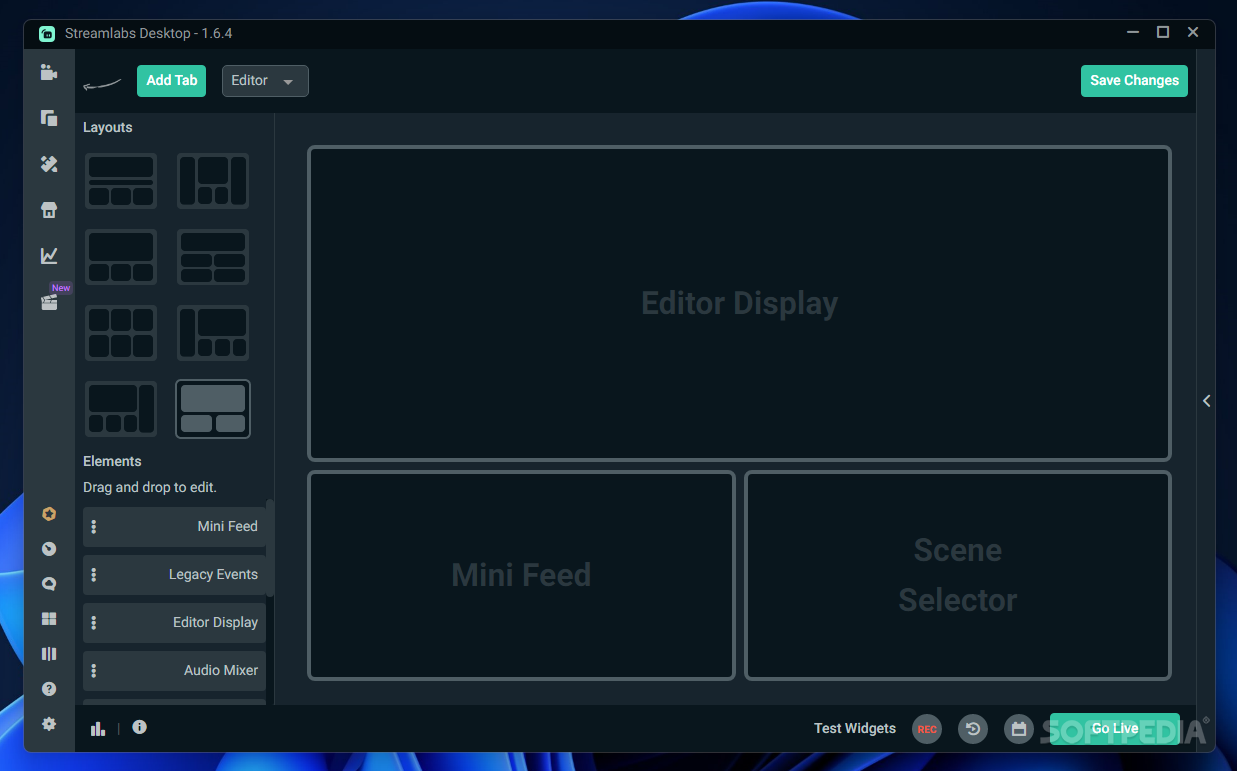

Test button: The test button lets you oversee all the arrangements before going live. The tool gives you insights to help you work on the weak spots.Ĭharity: The program allows starting a charity for free.
The team does not cut your tips.ĭashboard: Video stats, events, view time, and many other statistics can be viewed on the Streamlabs dashboard. Check out the 25 free and best Streamlabs overlays.ĭonations and payments: Streamlabs offers five built-in payment options to accept donations from fans on YouTube and Twitch. Themes/overlays: Streamlabs OBS supports and comes with a wide range of free themes. On OBS, you need to install a plugin to enable chat. Streamlabs OBS prosīuilt-in-chat: Streamlabs offers a built-in chat feature with a web-based chatbot to filter out spam. Below are the features unique to both apps. Both come with an auto-game detection feature to detect the active game automatically. Let’s see some unique features in this Streamlabs vs. OBS, at first, can be overwhelming, and it also doesn’t have many built-in features making it challenging to communicate with your followers.

Because of its easy-to-navigate interface, many new streamers tend to use Streamlabs. Regarding ease of use, Streamlabs is more accessible. With Streamlabs, there is no pop-up or option to check if the update is available. With OBS, you get a pop-up when you open the software. Winner: OBS Ease of use OBS Game Capture Window Streamlabs Game Capture Options Game Capture Options in Both Streamlabs and OBS Like Streamlabs, you can add a custom RTMP-supported service if you have the details. OBS, in comparison, supports around 90 streaming services, including the above. In terms of supported streaming platforms, OBS is the winner. So, you can populate scenes with those sources and switch between scenes with one click. Sources include text, display window, video player, image, solid color, etc.

For example, chatting with followers will have a scene for gameplay, you will have a different scene, etc. In Streamlabs and OBS, we have scenes for different streaming environments. Scenes are stages that we fill with lights and mics (sources).


 0 kommentar(er)
0 kommentar(er)
